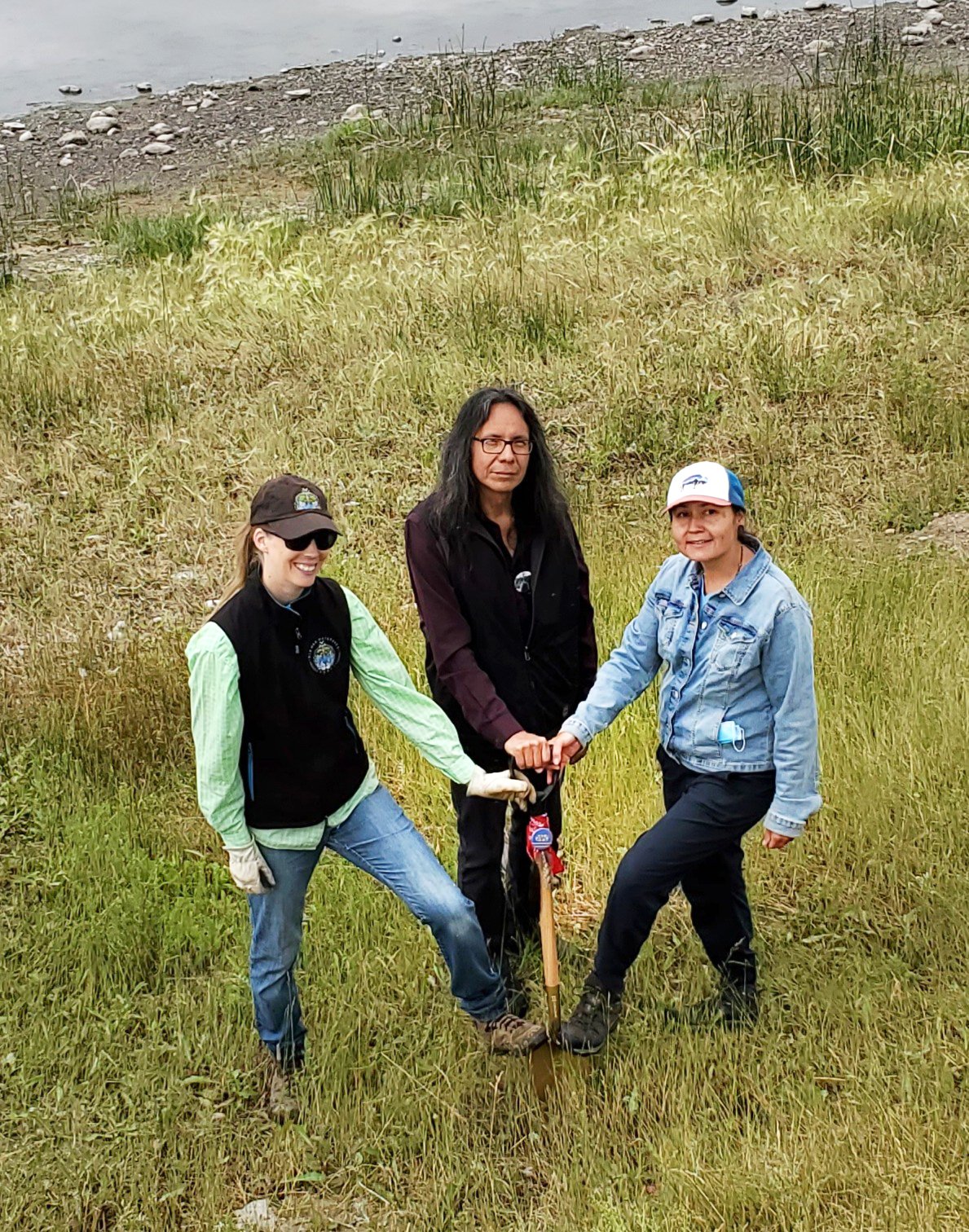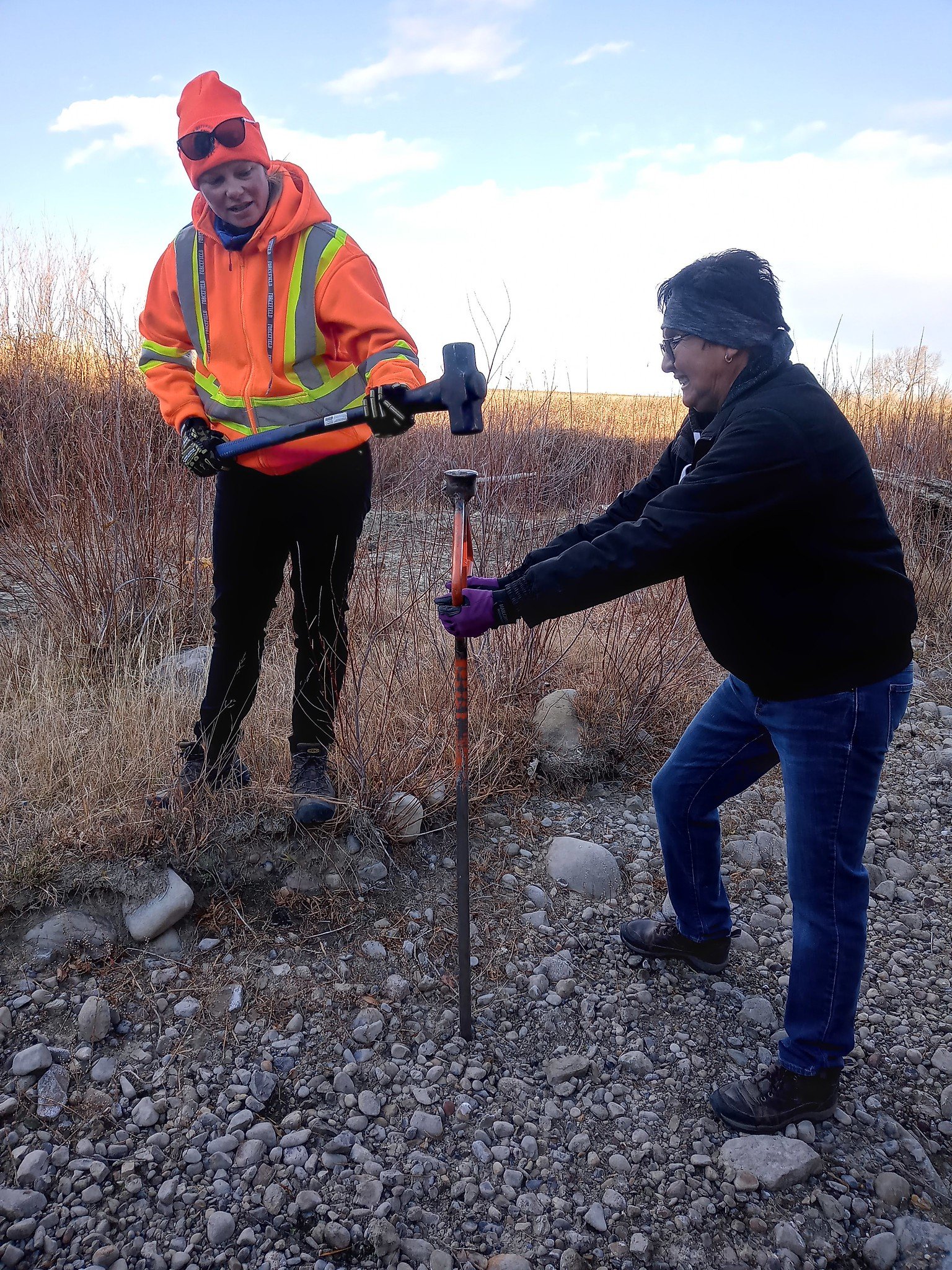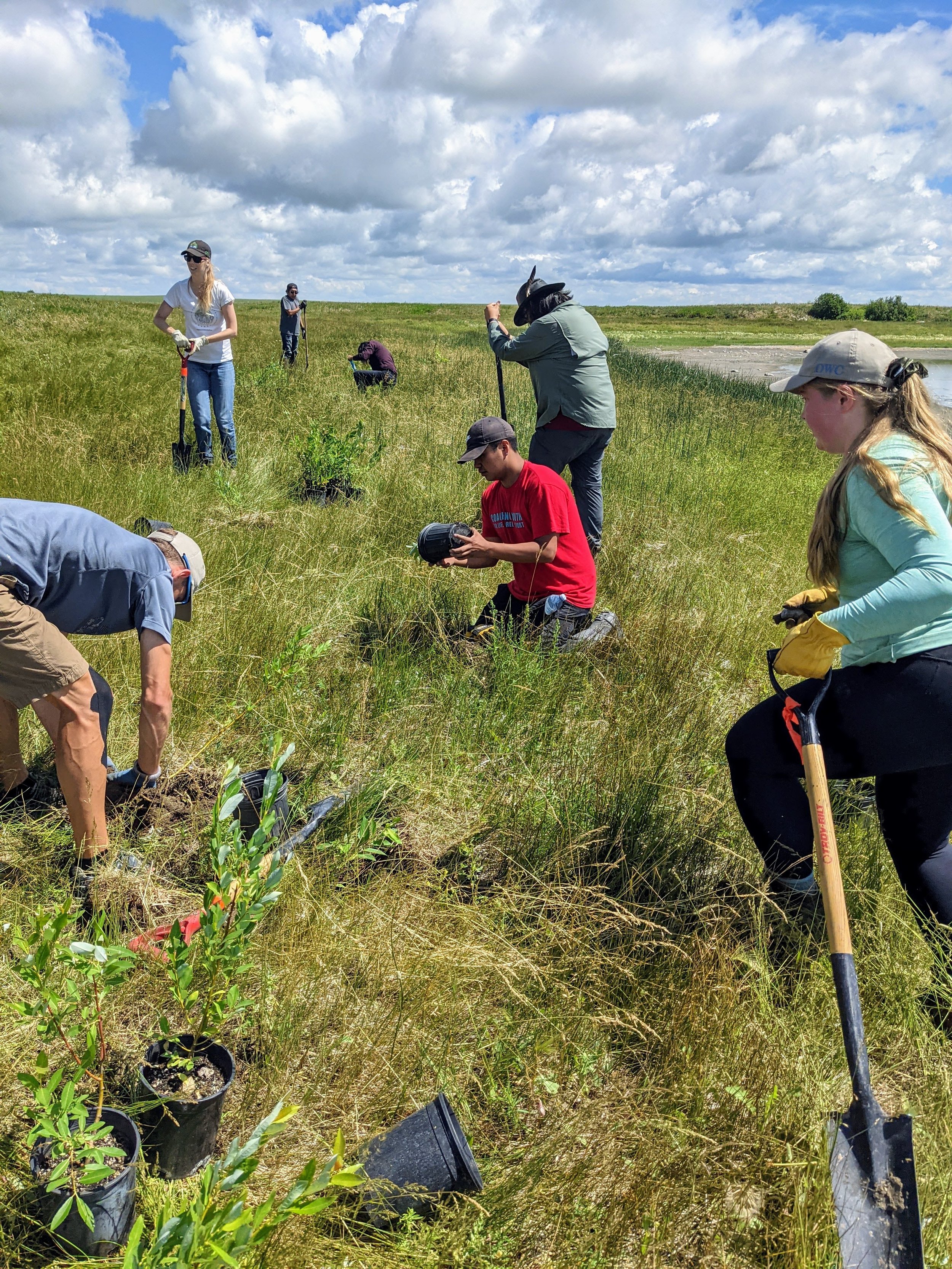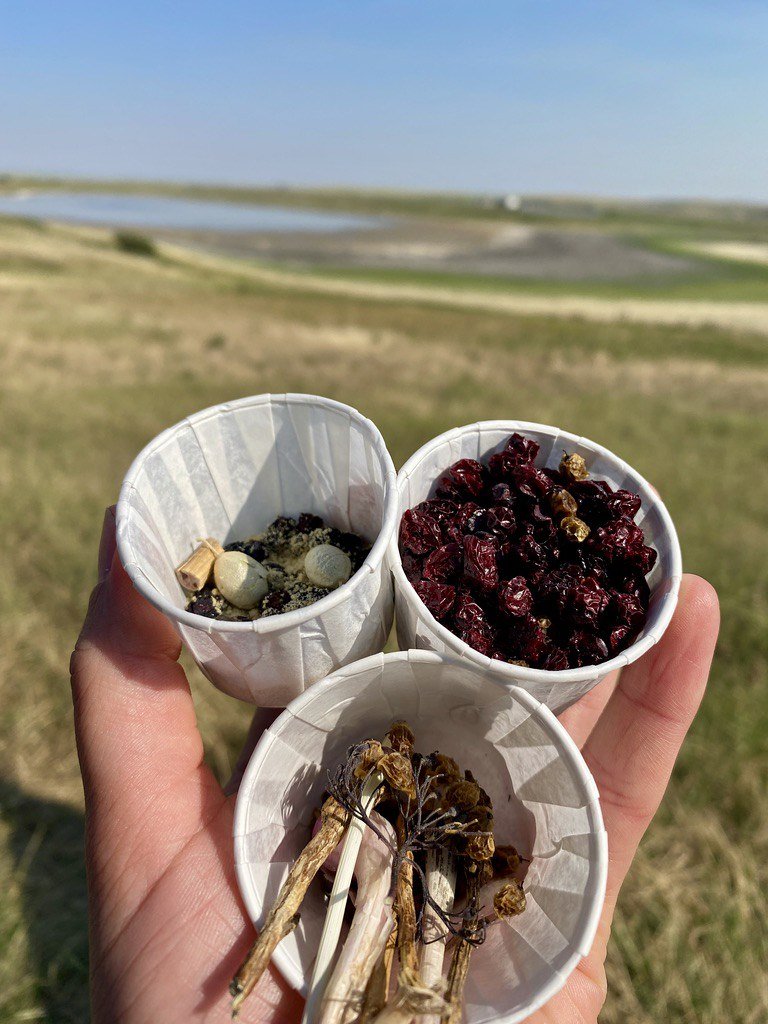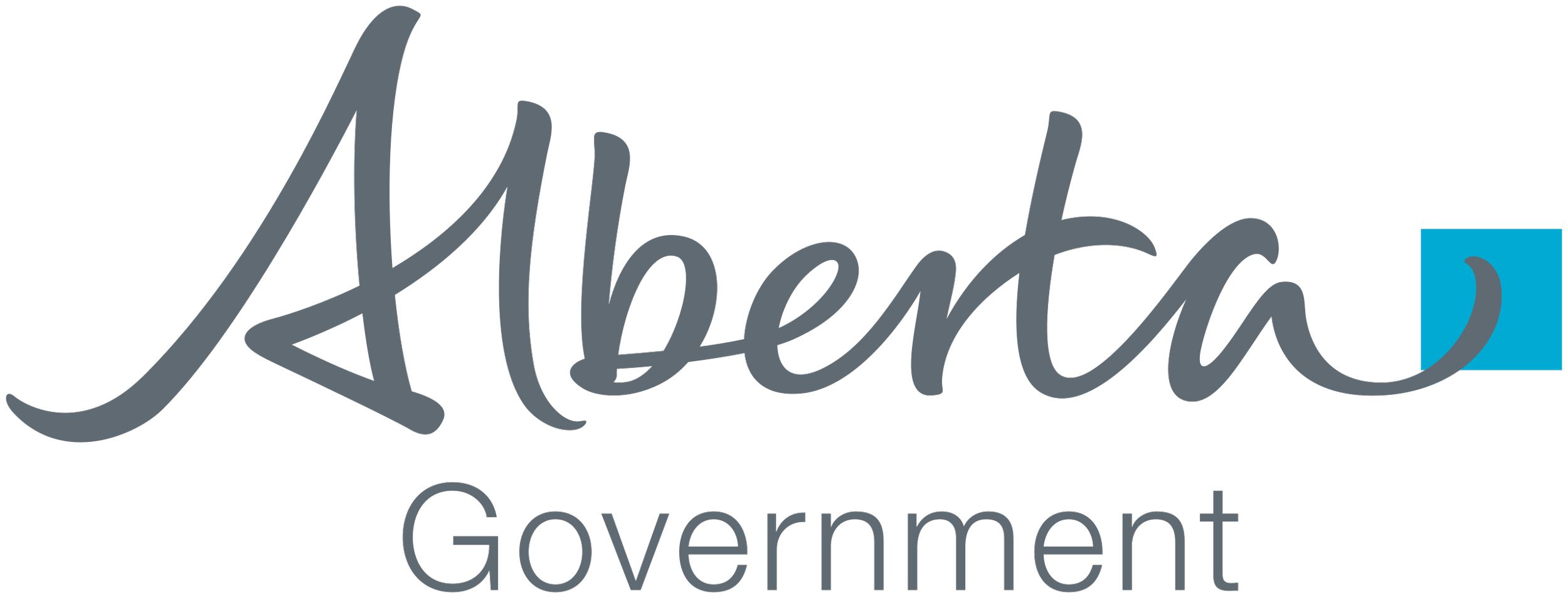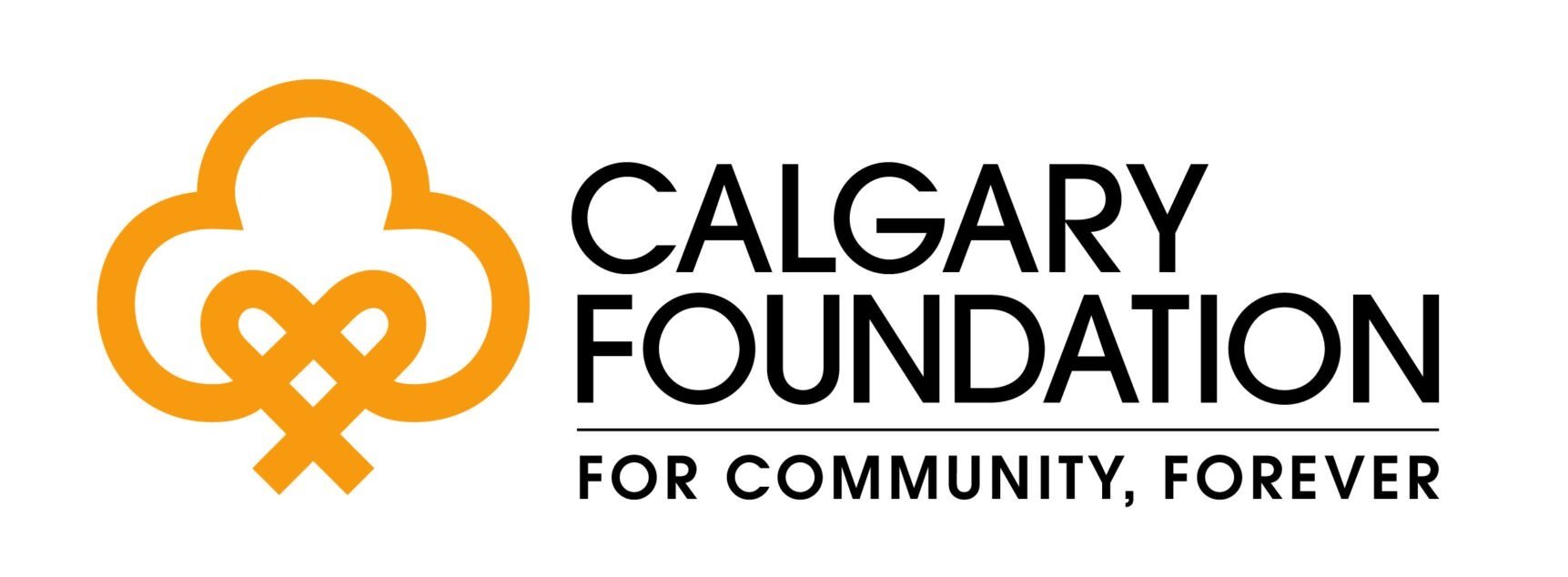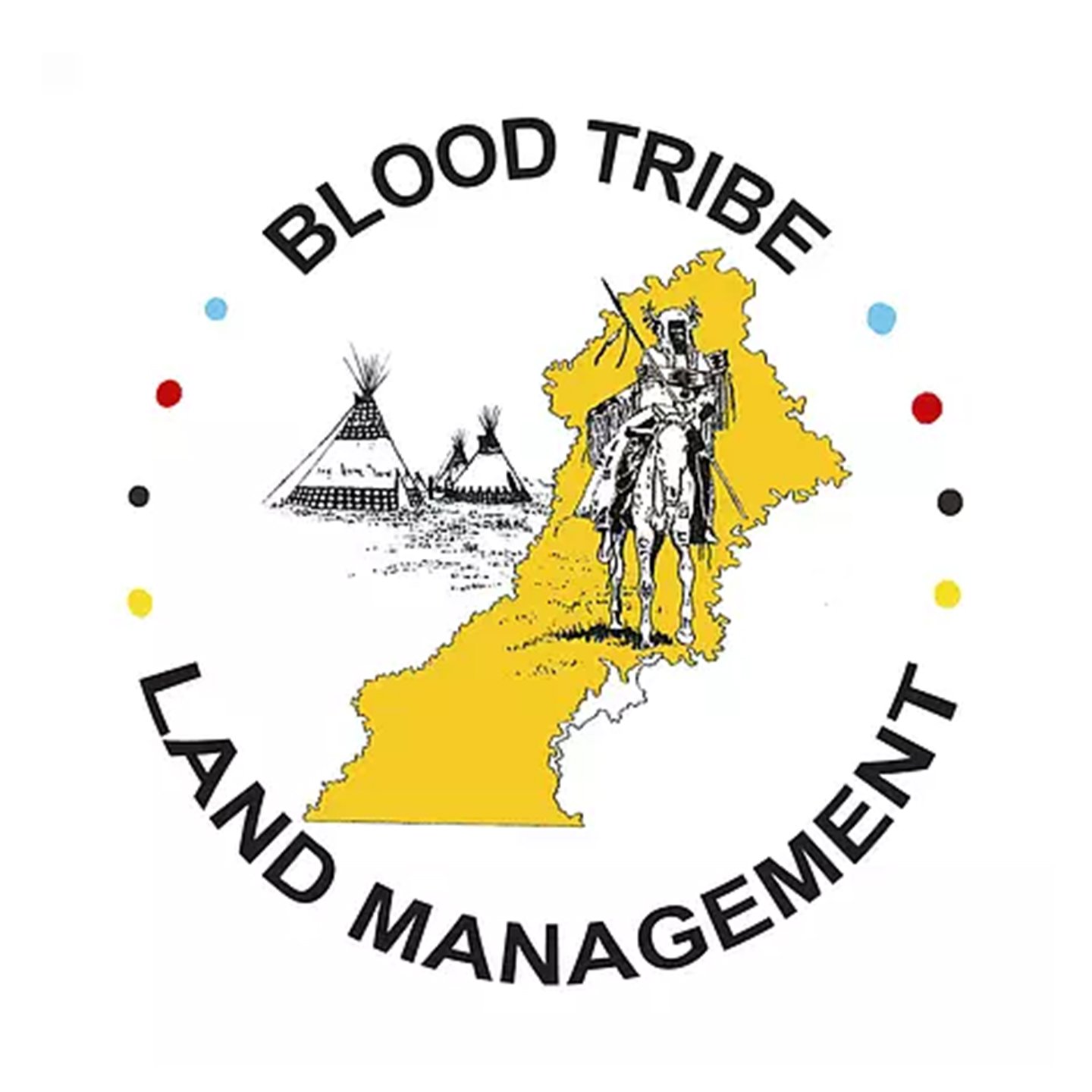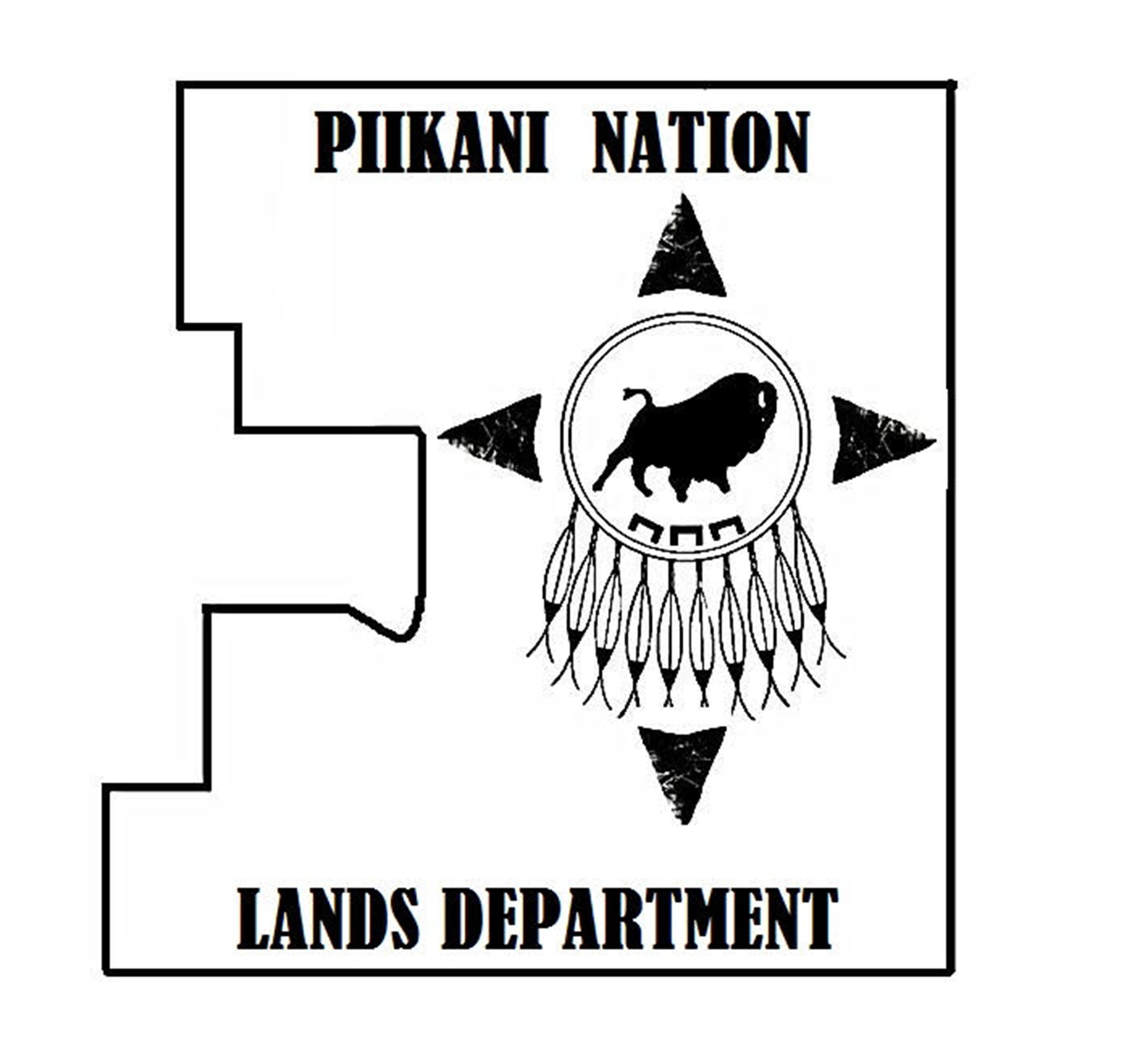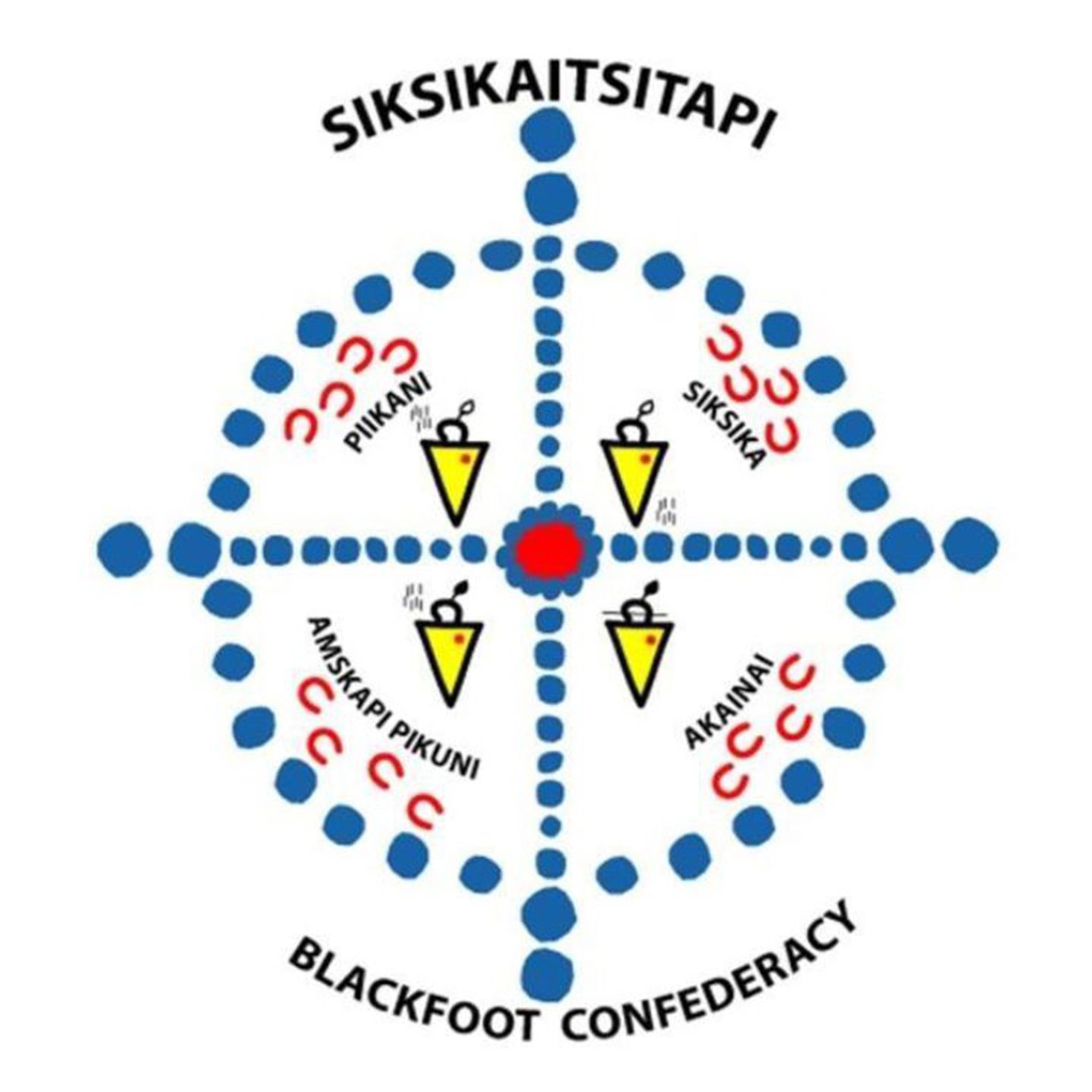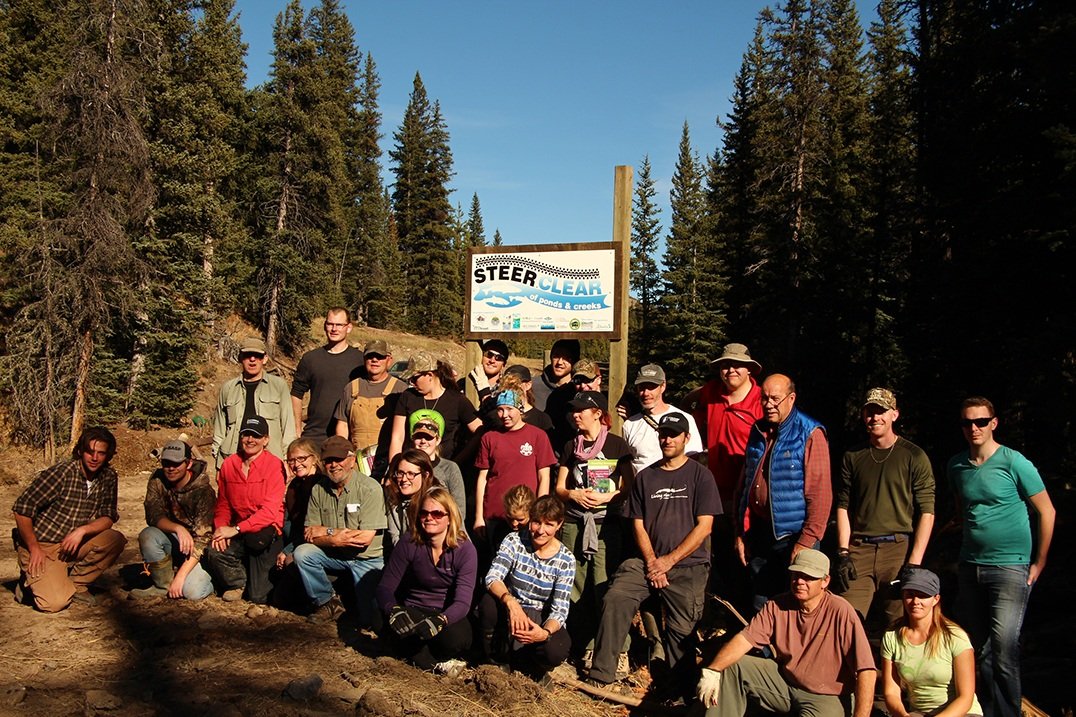OVERVIEW
The Oldman Watershed Council (OWC) is a part of Treaty 7, and the traditional territory of the Niitsitapi (Blackfoot) People. The Siksikaitsitapi (Blackfoot Confederacy) includes 4 Nations: Kainai-Blood Tribe, Siksika, Peigan-Piikani, and Aamskapi Pikuni.
Our Indigenous partners teach us how to live lightly on the land and we are honoured to learn from their leadership, wisdom, and knowledge. The traditions and culture of the Blackfoot are rooted in reciprocity with the Earth and there is much we can learn about sustainability from their experience living on this land for time immemorial.
The OWC invests in local Indigenous-led projects that are supporting cultural and environmental restoration. Our partners from Siksikaitsitapi, Kainai Nation, and Piikani Nation are leaders in demonstrating how to braid traditional ecological knowledge and western scientific knowledge together. The OWC advocates for the decolonization of environmental initiatives by supporting Indigenous-led watershed projects that seek to restore land and culture.
By working with Kainai Environmental Protection Association, Naapi’s Garden and Katoyiss Seed Bank, land management departments, and other partners, the focus is on restorative action to support Indigenous cultural revival, boost resilience to climate change, improve access to quality water, and enhance biodiversity. These projects restore key grassland and riparian ecosystems and bring Niitsitapi knowledge and western science together.
what’s being done
The Niitsitapi way of life relies on healthy ecosystems and the proper functioning of the land. Willows are used for teepees and sweat lodges, and grassland plants are used for food, medicine, and ceremony, but critical species are becoming harder to find. People are unable to find ceremonial plants and their traditional foods are disappearing.
There is huge potential for nature-based solutions in partnership with Indigenous knowledge keepers. The Niitsitapi operate holistically and take an approach that demonstrates clear environmental, social, and economic value to the community. Indigenous youth participate in willow staking events, reconnecting the next generation with the land. By planting seeds, willows, and trees, installing beaver dam analogues, and implementing other nature-based solutions, we can share in the knowledge of this important restoration work.
Iinnii (buffalo) are critical to the foundation of the Niitsitapi culture and restoring them to the grasslands is a critical piece toward reconciliation and justice. Iinnii have been brought back to Kainai Nation, but their range cannot be expanded until the grassland is healthy enough to support them, and clean, reliable water is available. Rehabilitating natural ecosystems and improving access to water will support iinnii in the future.
Projects OWC is proud to support in a small way include:
The Kainai Environmental Protection Association is a vital forum that facilitates relationship-building and the sharing of information between the many individuals and groups involved in the environmental sector in Naapi’s Territory. An annual summit is a landmark event featuring inspiring presentations and tours.
Naapi’s Garden and Katoyiss Seed Bank are initiatives led by Api’soomaahka (Running Coyote) at his home on Kainai Nation. With support from KEPA, OWC, and many partners, the land is being restored. Prescribed burns are assisting with invasive species management, and native seeds, shrubs, and willows are replanted to restore grasslands and riparian zones. The OWC helps plant potted shrubs and grasses, as well as native seeds. Special thanks to Api’soomaahka for nurturing the plants through all climate conditions and sharing his knowledge across Alberta.
The Blackfoot Native Trout Recovery Project builds the capacity of Blackfoot land management staff to complete eDNA sampling, redd (spawning nest) surveys, and habitat restoration across their traditional territory. Learning from and sharing Indigenous knowledge is an important component of the project. Elder interviews, storyboards, workshops, presentations, and a story map convey the value of fish and water to the Blackfoot People.
Piikani Nation Land Management builds resilience to climate change by restoring grasslands used for livestock forage and implementing nature-based solutions. Progress is tracked through range health assessments and by establishing range reference sites to use as a comparison over time.
Blood Tribe Land Management completes valuable range, riparian, and species assessments to measure the health of the land and help guide management decisions. The return of the iinnii was a historic moment, and restoration initiatives will ensure habitat and forage for the iinnii is re-established as well. The impact of these restoration activities is measured through health assessments.
Through these projects that improve and restore the health of ecosystems, we help ensure precious resources are available now and for future generations of Indigenous people. In order to support Indigenous-led climate and ecological resilience, we need to focus on both the ecological and cultural value of land, plant species, and animals.



